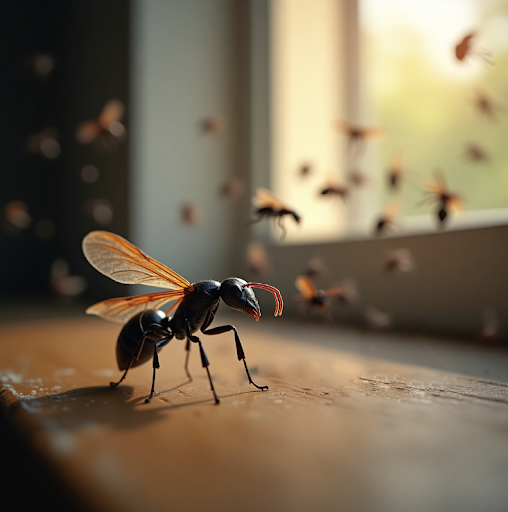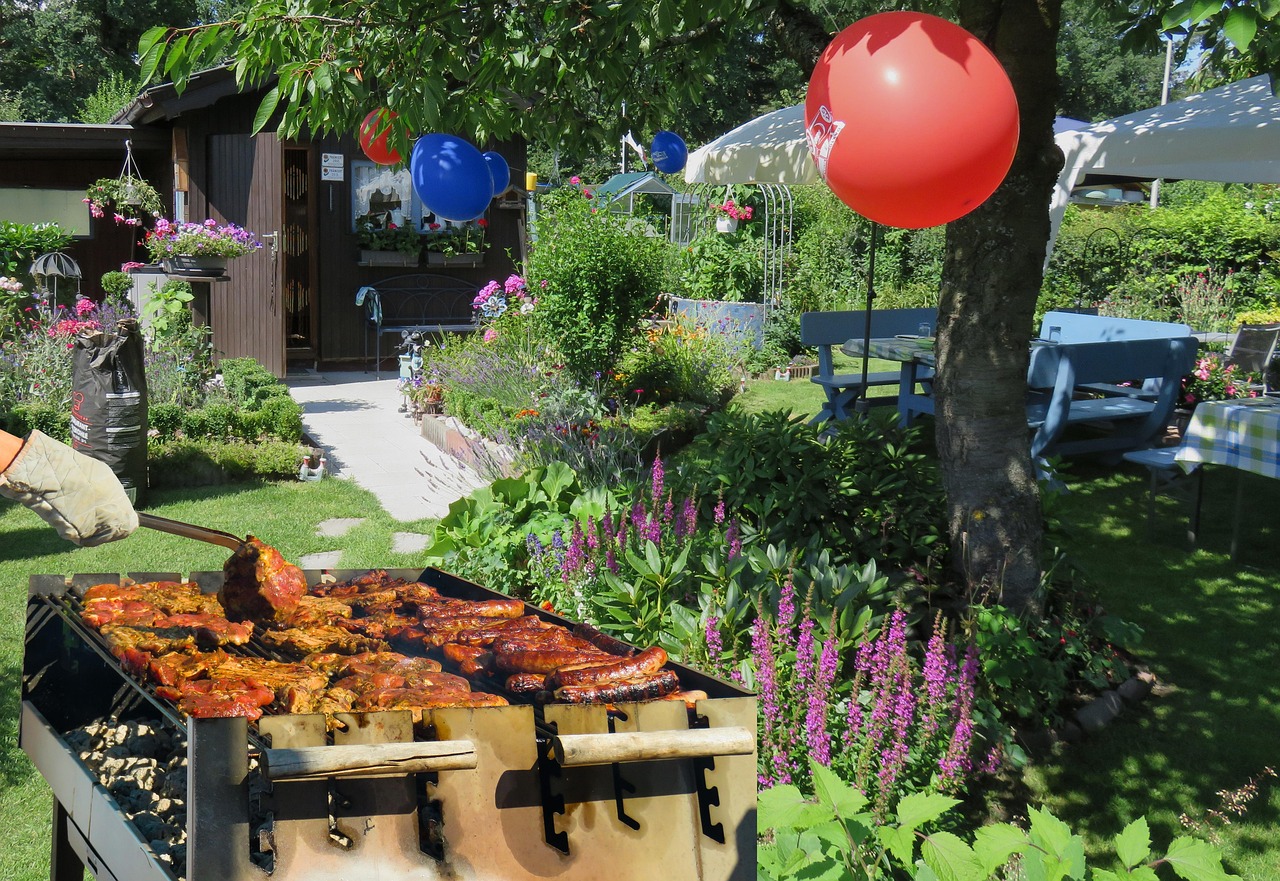This isn’t just a clever title. When it comes to the topic of voles, things can get confusing. Most people don’t even know what a vole is–never mind how to protect their property from the damage voles can cause. Fortunately, we know what in the earth a vole is. Not only that, we’ll tell you what damage these creatures do, and how to stop them. Let’s cover the most obvious issue first: Voles are not moles. They may have a name that sounds similar, but these two creatures couldn’t be more different. Voles are rodents. Moles are not. That means that voles have all the common characteristics of rodents, the most notable being ever-growing incisors that must be filed down on a regular basis. For this reason, voles can be found gnawing on wood every chance they get. If you have trees in your yard, this can be a problem, especially in fall, when this behavior increases.
Pro tip: Put metal skirting around the base of your trees to keep voles from eating the bark and killing your trees. Voles do not eat the same food as moles. Voles are omnivores that have a partiality for vegetation. Moles are insectivores that live on a diet of grubs and earthworms. If you have plants being eaten in your yard, it is not likely a mole issue. Moles can damage plant root systems and cause them to die, but they have no interest in nibbling on those leaves.
Pro tip: If you have a burrowing creatures, like the vole, eating vegetables or plants in your garden, surround the garden with fencing. Make sure the fencing goes at least 8 inches below the surface, to keep voles out. These are shallow tunnelers. Voles and moles both make tunnels, but they are very different. The tunnels made by moles will cause the surface of the ground to push up as they go. If you have voles tunneling on your property, you’re likely to only see the small round entry and exit holes. These holes are about the size of a broom handle.
Pro tip: Voles will use old tunneling made by moles. If you have ever had moles or you are currently dealing with a mole issue, make sure you have a pest control company take care of your issue. They will treat those old mole tunnels with a pheromone that smells like what moles use to mark their tunnels as fresh. This will keep voles and moles from using those tunnels. If you live in Minnesota and need help controlling voles and other yard pests, give Adams Pest Control a call. In fall, voles (also known as meadow mice) can turn from yard pests into house pests when temperatures drive them to look for a place to hide, but with our pest services, you can keep them out of your house and out of your yard. Get plugged in today and discover the Adams difference.



